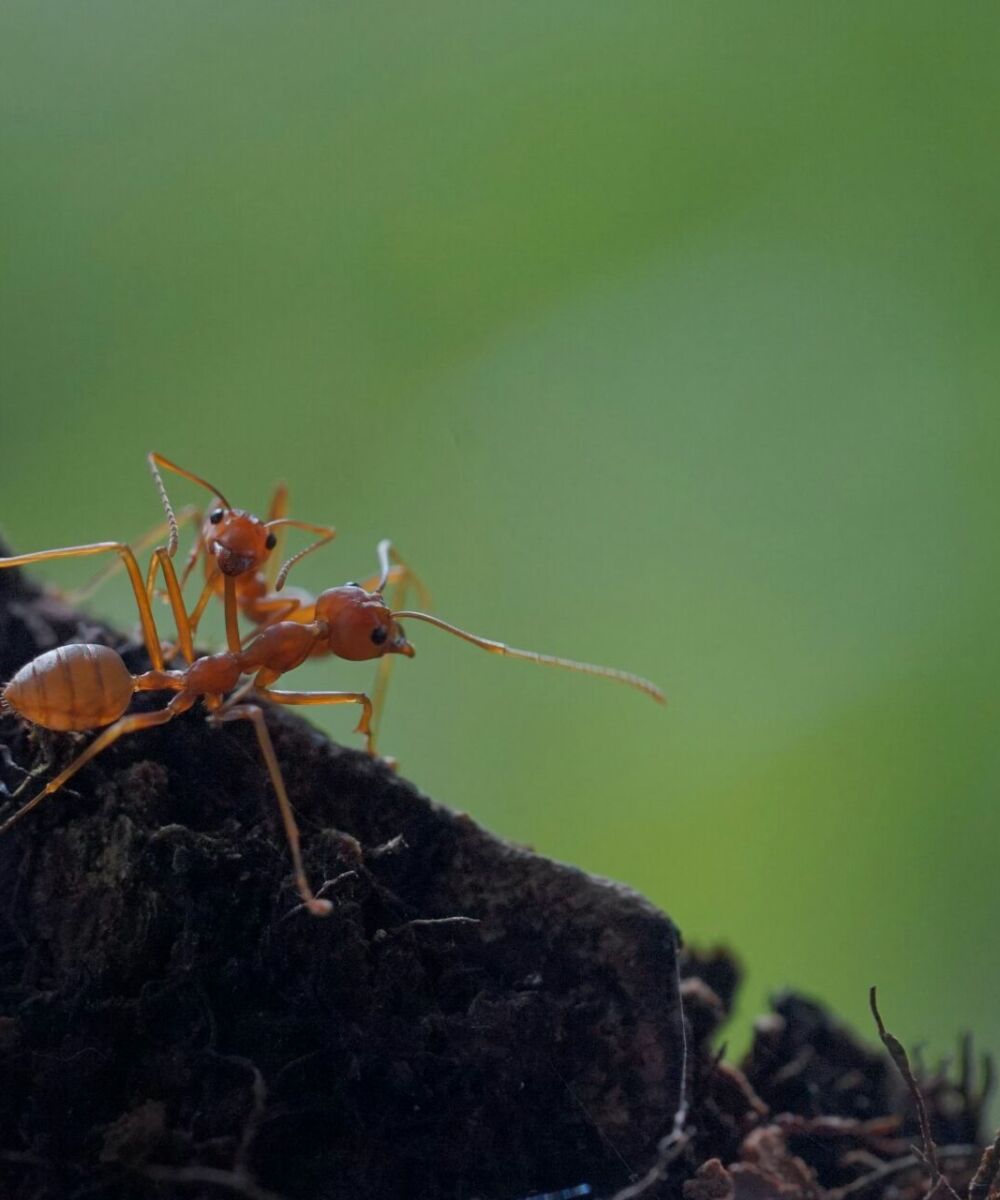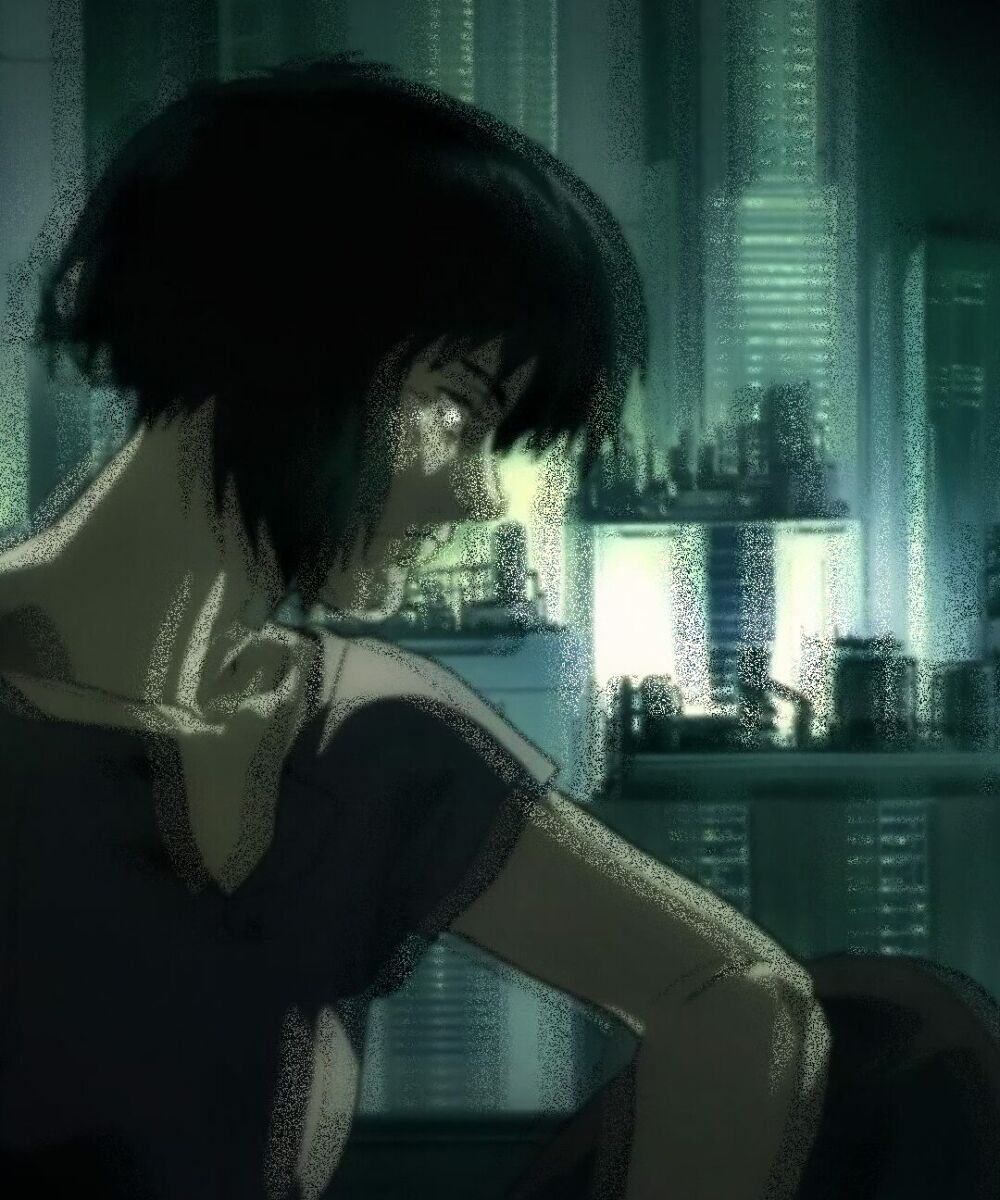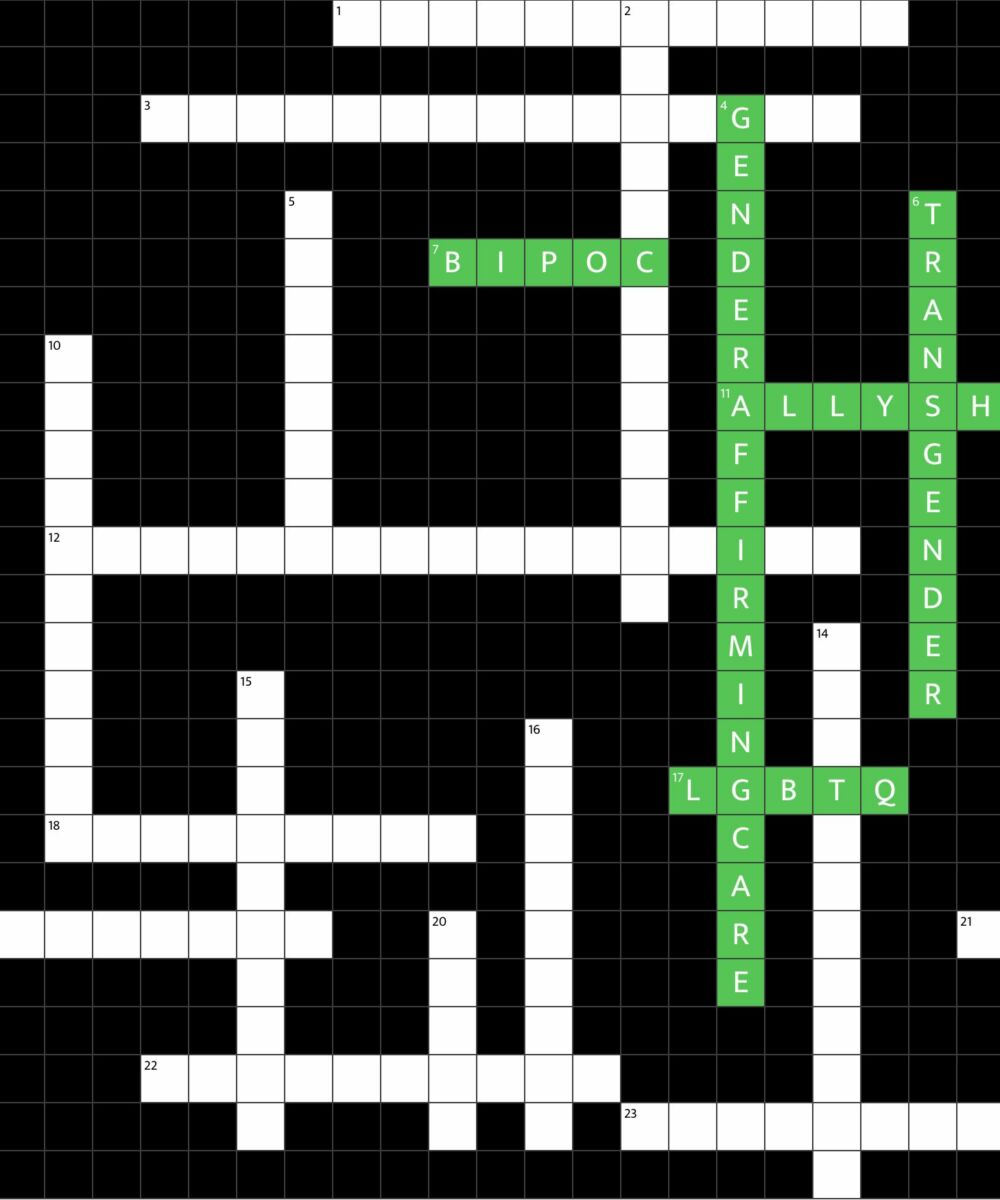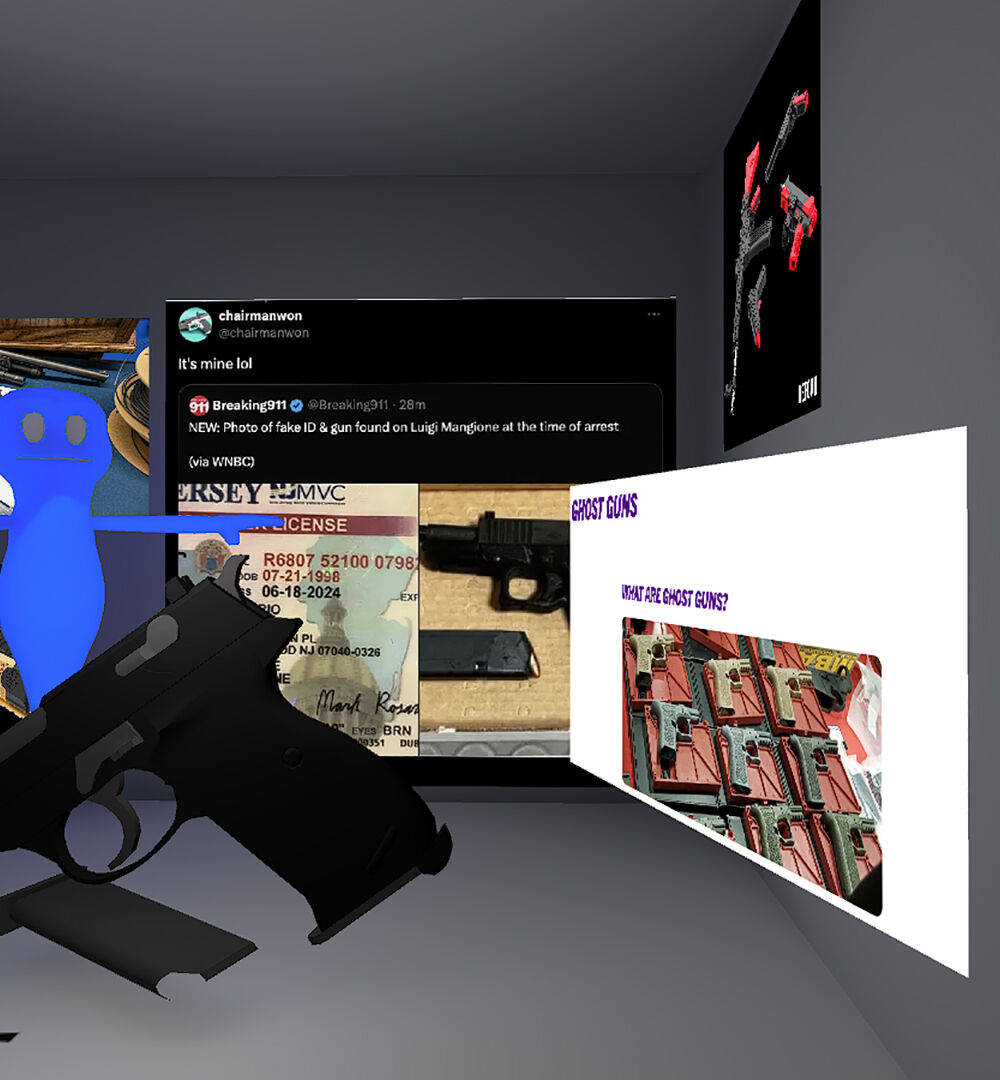Hypersurfaces
by Fabio Gnassi
Bruno Zamborlin, PhD, is an acclaimed AI researcher, entrepreneur, and artist, recognized for revolutionizing human-computer interaction through his startups: Mogees Limited, HyperSurfaces, and HyperSentience. His work focuses on transforming everyday objects and surfaces into interactive, intelligent entities, thereby redefining our interaction with the space and between us. Based in London and Milan, Bruno Zamborlin is a four times TEDx speaker and honorary research fellow at Goldsmiths, univ. Of London. His artworks have been showcased at venues like the Venice Biennale and the London Victoria & Albert Museum.
Tell us about HyperSurfaces: Explain how the basic technology works, and what were the hypotheses that led to its conception?
I was interested in the possibility of making spaces and surfaces able to respond to what was happening around them, to be able to adapt, and even make us slow down and help us create connections between ourselves and the environment, between us and others, and with ourselves.
In this sense, it is a technology that goes against the tide: it is not aimed at optimizing our time, at making us more productive and over-stressed, but to help us savour what is already around us. The operating principle combines vibration sensors with special algorithms. This means that any surface can become a sensitive entity, able to recognise and respond to any type of physical interaction, from a caressing touch to a footstep, or even an atmospheric event like a drop of rain or a gust of wind. These interactions are then transformed into sound, light and data. For me, this represents a meeting point between technology and art. It is a way to give a voice to the spaces and objects that surround us, transforming places and surfaces into shared sensorial experiences.
Your research work is deeply connected to human-computer interaction; could you describe your viewpoint on the current status of this area?
I believe that technology should be used to improve our lives and our relations with others, rather than just making us more “productive”. The past decade has been dominated by touchscreens and social media, with devastating consequences for the mental health of many people.
Now we are experiencing an even worse situation with ever-expanding integrated and pervasive technologies that go far beyond traditional touch screens.
In our increasingly more automated cars and houses, ever-present assistants complete our thinking for us; we wear devices that constantly monitor our health. These innovations make technology more accessible and intuitive, but also far more invasive. We feel compelled to function more rapidly and eliminate any dead times. This has reduced our capacity to concentrate, and compromised our sense of identity and that of the community. In my work and my art, I try to offer a different approach, showing that technology can act as a bridge to bring us closer to the world and the people around us.
By working on physical objects and real spaces, HyperSurfaces is strongly linked with design and architecture. What kind of synergy could result from these applications and what are the most significant projects you have achieved till now?
By collaborating with architects and designers, we can envisage spaces that offer the possibility of creating different sensorial experiences to establish a greater connection between people and their surroundings.
For the Venice Biennale in 2023, we worked with the Orizzontale architectural firm to revitalize the semi-abandoned garden of the Belmonte Calabro castle (called Belmondo) also introducing a group of interactive acoustic elements. These elements, equipped with HyperSurfaces, capture the vibrations produced by visitors and the surrounding environment, transforming them into a unique and interactive musical composition in which visitors to the Italian pavilion were able to actively participate.
It was an experiment in urban and social regeneration using digital instruments to encourage an active listening experience with places and with others. At the same time, these explorations lead us to reflect on the amount of data generated by technology that is constantly present all around us.






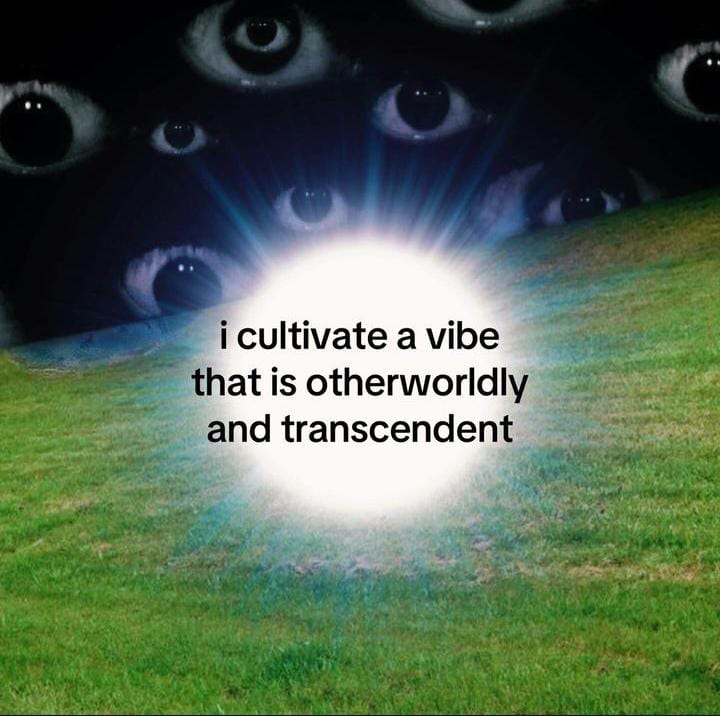


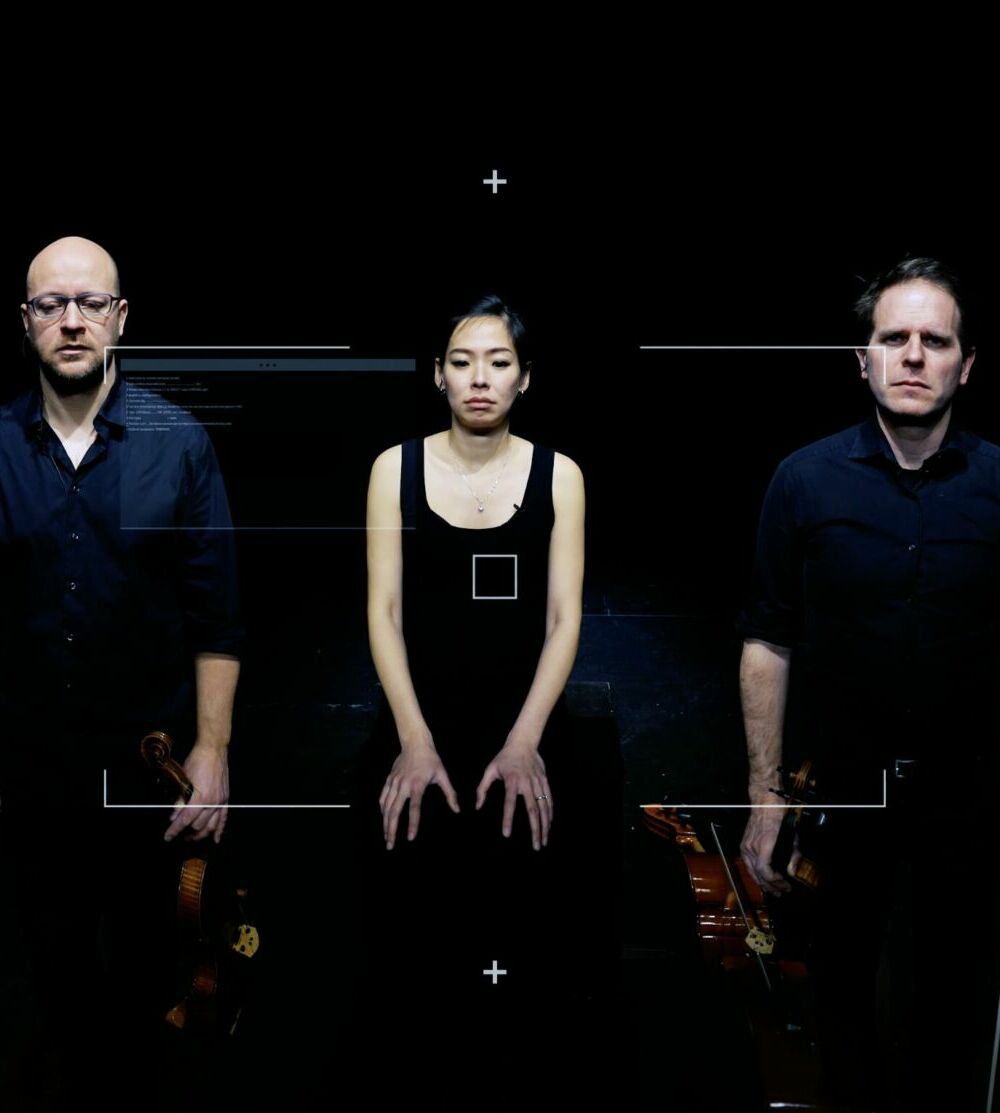
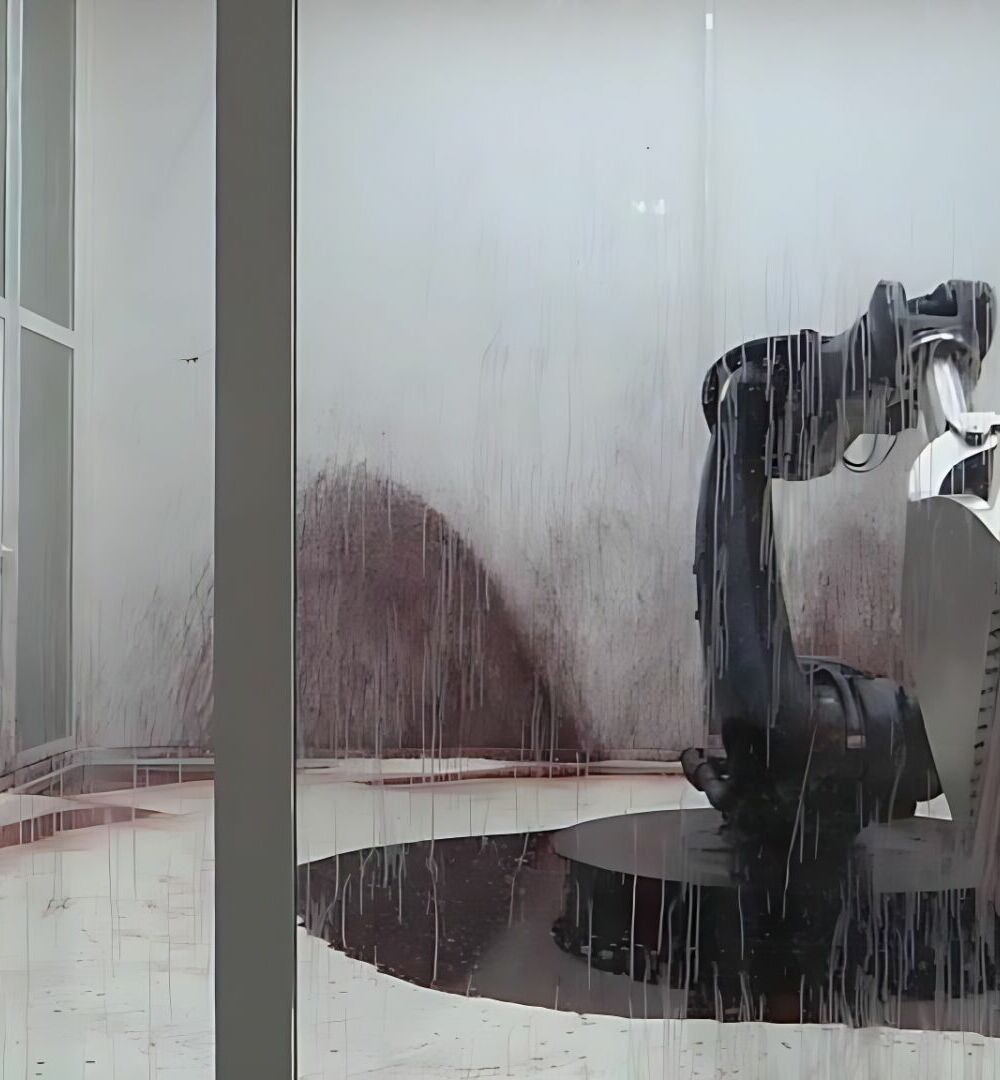







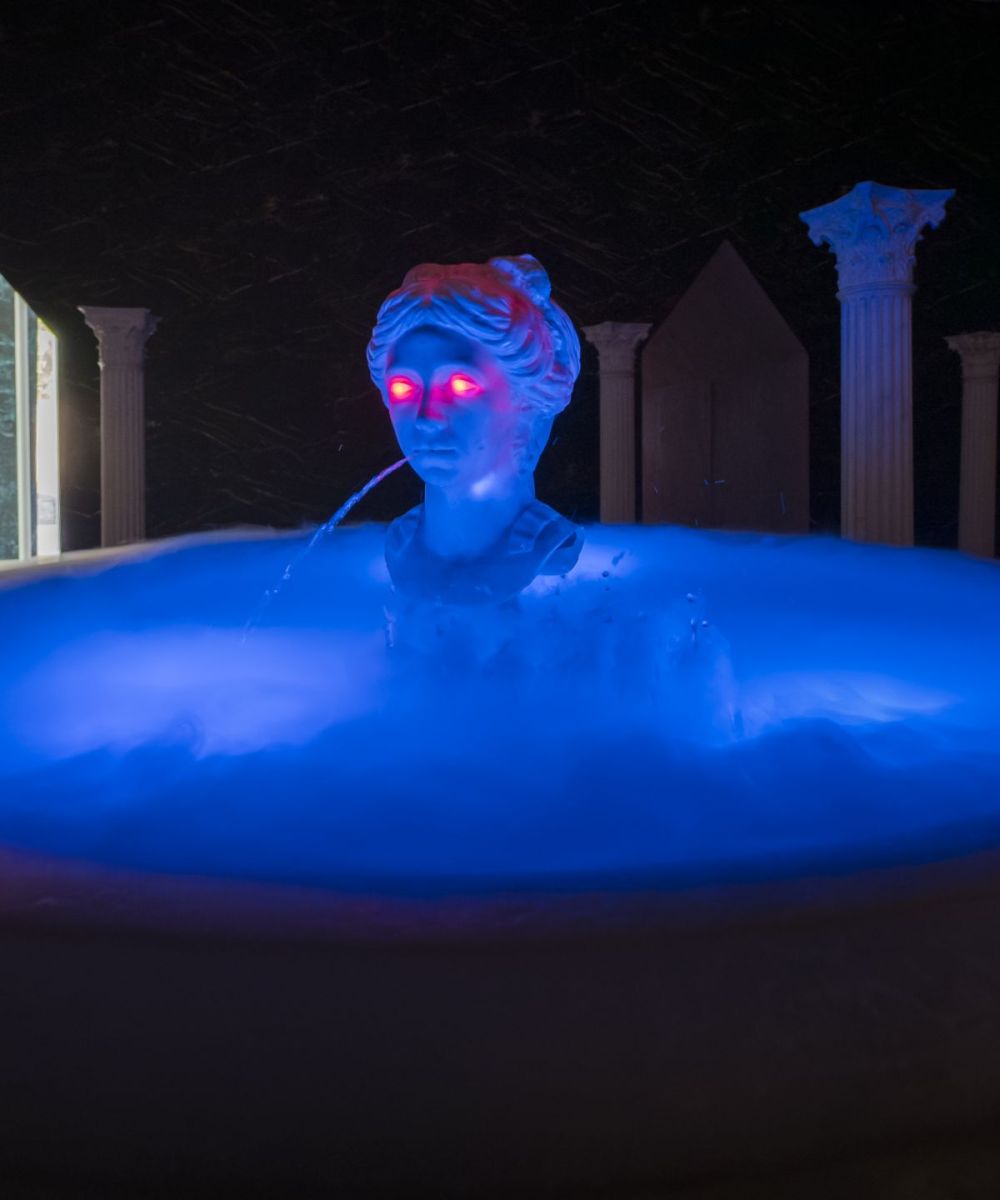
![The Topologies of Zelda Triforce (Patrick LeMieux, Stephanie Boluk, 2018) [image from itchio]](https://www.the-bunker.it/wp-content/uploads/2025/06/The-Topologies-of-Zelda-Triforce-Patrick-LeMieux-Stephanie-Boluk-2018-image-from-itchio-thegem-product-justified-square-double-page-l.jpg)




